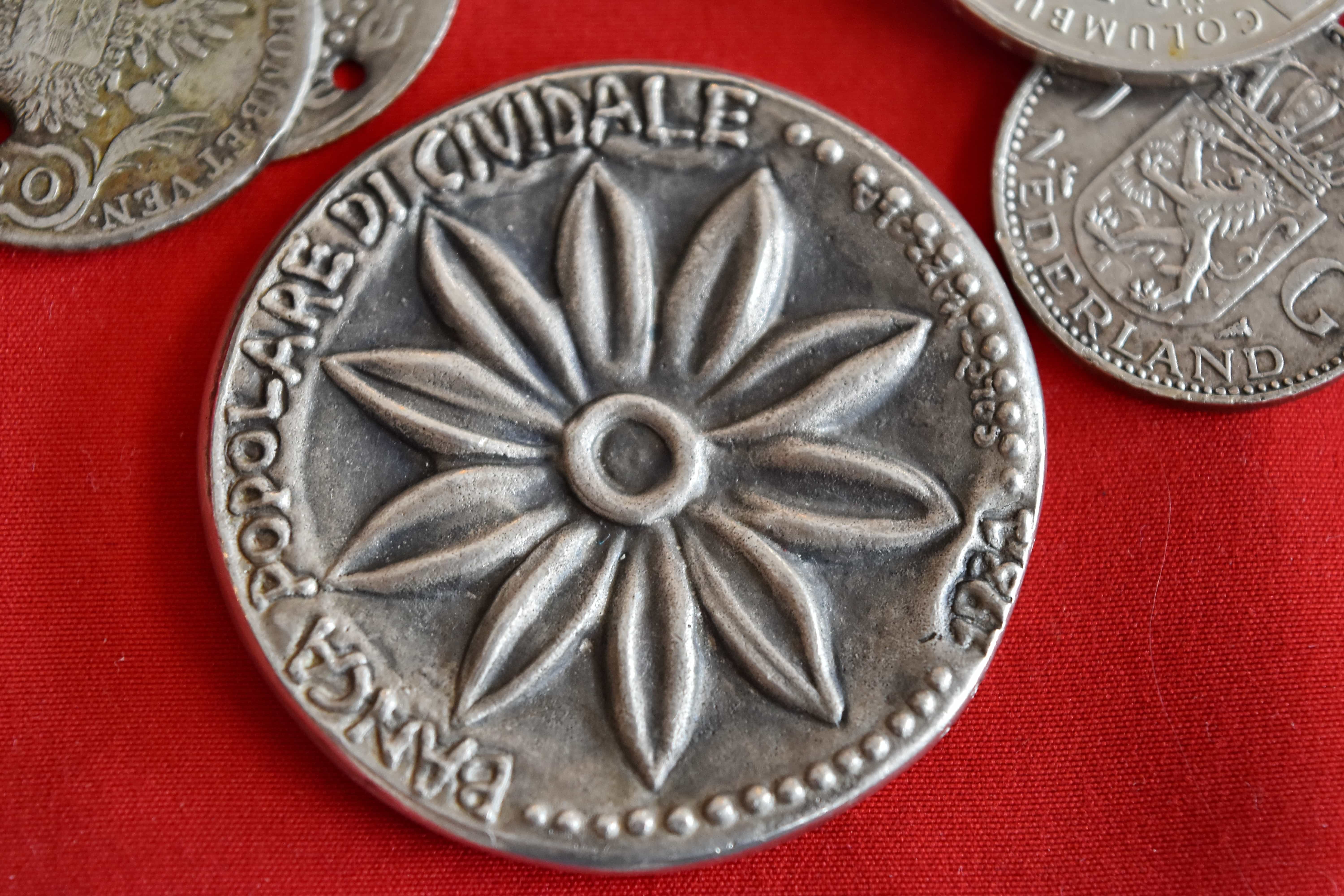From Ancient Hammering to Digital Presses: The Technological Journey o…
페이지 정보

본문

The evolution of currency manufacturing reflects the interplay between technological progress and commercial needs. In early civilizations, currency was crafted manually, a time-consuming craft that necessitated trained metalworkers to prepare blanks and hammer designs into place. Such primitive currency typically exhibited inconsistencies in size and imagery because each coin was manually impressed without mechanical uniformity. The result was a coin that bore the imprint of its maker but also revealed the limitations of hand craftsmanship. Despite their inconsistency, these hand-struck coins served as the first standardized medium of exchange in civilizations such as Greece, Rome, and China.
As markets became more interconnected and financial systems deepened, standardization became a pressing necessity. Traders and state authorities needed money that maintained consistent value regardless of location. This need spurred revolutionary advances in coin production. By the late medieval period, certain continental mints adopted mechanical presses, offering greater control over strike force and die registration. The presses relied on human power, but they significantly improved the quality and speed of production over traditional striking techniques.
The real transformation came with the Industrial Revolution. Throughout the 1700s and 1800s, steam-powered and later electric minting machines were introduced. They achieved output rates of several thousand units hourly with exact mass and consistent imagery. Die engraving reached new levels of precision using laser-guided etching devices, and the blanks were cut and fed into presses with mechanical precision. This era saw the rise of coins with sharp, detailed imagery and standardized profiles that could be easily verified by both the public and automated systems.
The 20th century brought further refinements. Computerized blank feeders computer-controlled presses and high-purity metal formulations allowed mints to craft highly detailed currency with security elements such as ridged rims, laser-etched microtext, and layered metal cores. Modern mints now use digital design software to create dies and アンティーク コイン robotic arms to handle materials, achieving unmatched precision and protection against counterfeiting.
Modern collectors and official commemoratives still honor ancient techniques, but the overwhelming volume of legal tender is the product of highly sophisticated machinery. The transition from artisanal forging to robotic precision illustrates not just technological progress but also the enduring importance of trust in money. As long as coins remain a symbol of value, they will adapt in response to technological and societal shifts.
- 이전글의정부이혼전문변호사 “AI시대 미래형 과학수사 인프라 구축”···대전경찰, 과학수사의날 기념식 25.11.07
- 다음글Seven Ways You Can Reinvent High Stake Poker Without Looking Like An Amateur 25.11.07
댓글목록
등록된 댓글이 없습니다.
